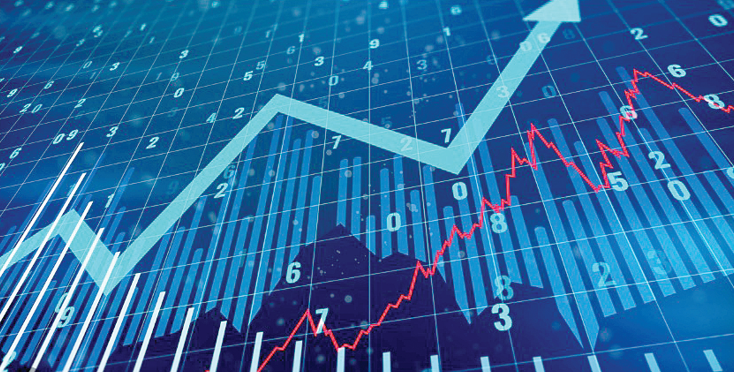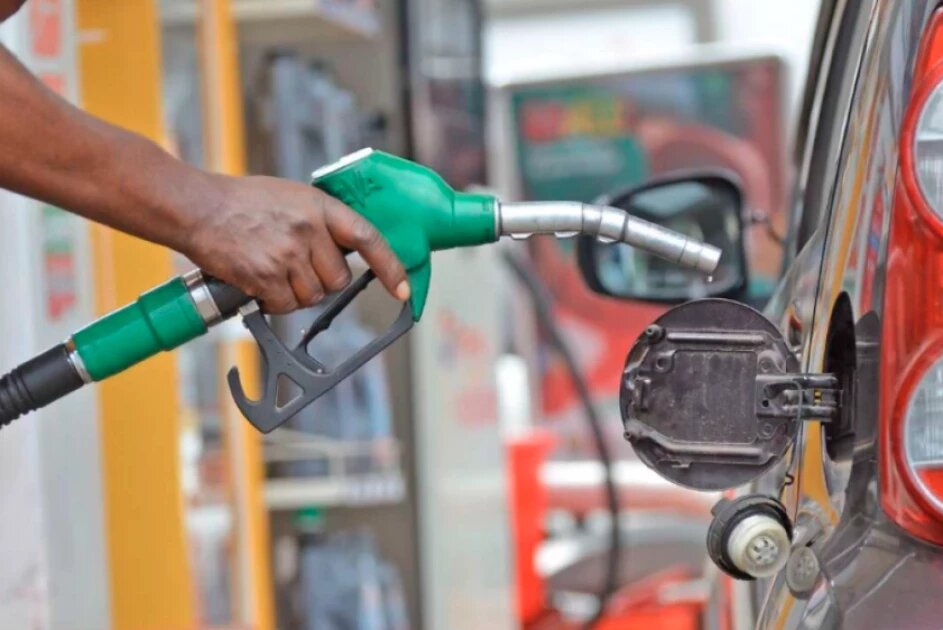Cost of foodstuff climbs as inflation eases to 3.8%

Kenya’s headline inflation eased slightly to 3.8 per cent in May, down from the 4.1 per cent recorded in April of this year.
Despite this marginal drop, Kenyans continue to feel the pinch as the prices of basic commodities used by Kenyans on a day-to-day basis continue to rise.
According to the Kenya National Bureau of Statistics (KNBS) data shows that the Consumer Price Index (CPI), a key measure that tracks the cost of a basket of goods and services, rose from 144.09 in April to 144.88 in May, reflecting a monthly inflation rate of 0.5 per cent.
“The overall inflation was primarily driven by increases in the prices of items under Food and Non-Alcoholic Beverages (6.3 per cent), Transport (2.3 per cent), and Housing, Water, Electricity, Gas and Other Fuels (0.8 per cent) over the one-year period,” the bureau noted.
These categories account for more than 57 per cent of total consumer spending across 13 major expenditure divisions.
The food and non-alcoholic beverages index increased by 6.3 per cent since May last year, with the Index increasing by 1.2 per cent between April 2025 and May 2025.
For instance, the price of sugar jumped by 4.3 per cent, sifted maize flour rose by 3.9 per cent, and sukuma wiki (kale) increased by 3.5 per cent.
However, a few items registered price drops. Irish potatoes fell by 3.7 per cent, oranges by 1.8 per cent, and fresh packaged cow milk by 0.6 per cent.
In the transport sector, prices went up by 0.2 per cent, driven mainly by higher international airfares, even though petrol and diesel prices remained stable during the same period, retailing at Ksh175.30 and Ksh165.64 respectively.
During the period, the Energy and Petroleum Regulatory Authority (EPRA) announced that the prices that were last reviewed in April would again run through May despite the global prices progressively recording a decline.
The regulator had, however, notified the public that the pump prices would not decline as expected in a bid to help the country match the prices with the current economic realities.
It noted that the price control would be done in a way that would not cause turbulence in the market.
Meanwhile, KNBS data shows that the Housing, Water, Electricity, Gas and Other Fuels Index had a negligible change during the period in that, the price of a 50 kWh unit of electricity and a 200 kWh unit of electricity declined by 1.0 per cent and 0.9 per cent as the price of gas/LPG dropped by 0.5 per cent over the same period.
Core inflation reached 2.8 per cent, mainly driven by the increase in the price of commodities in the core basket, such as fortified maize flour, wheat flour, among others.
“The core index increased from 128.48 in April 2025 to 128.97 in May 2025. Non-core inflation was 6.0 per cent during the same period,” the index reads partly.
Core inflation contributed 2.7 points while non-core inflation contributed 1.1 points to the overall inflation in May 2025. Food and non-alcoholic beverages contributed 1.9 points to the overall inflation.














